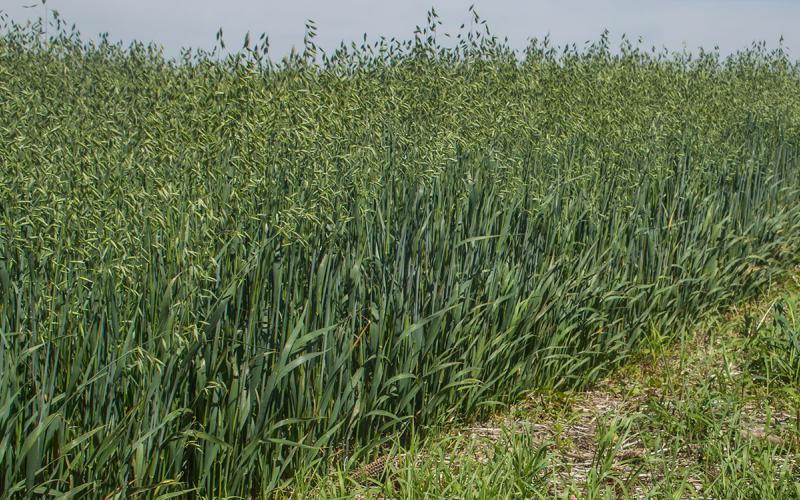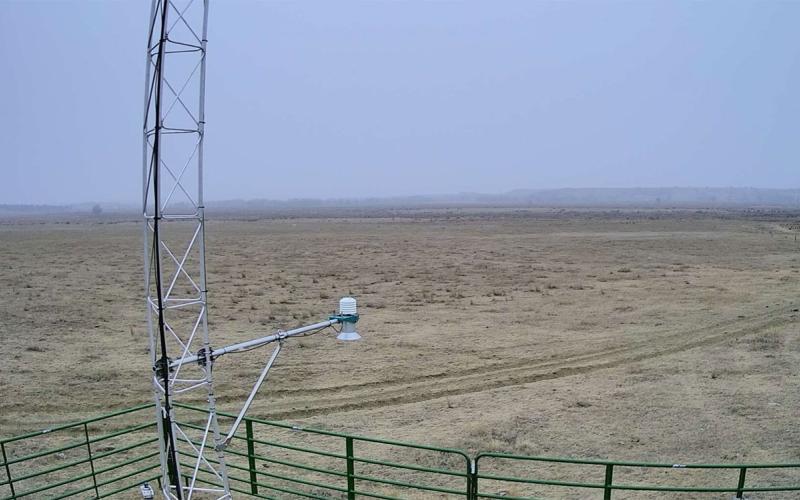Originally Published: May 2, 2019
Written with contributions by Jonathan Kleinjan, former SDSU Extension Agronomist.
Given the widespread wet conditions present this spring, there are many areas in winter wheat fields with both ponding and saturated (or waterlogged) soils. Like many crops, winter wheat can survive about 3-4 days underwater as long as there are some leaves showing. Cooler conditions may increase survivability as plant respiration is occurring at a slower rate.
Flooding or waterlogging causes oxygen in the root zone to be rapidly depleted, and the ensuing deficiency of oxygen affects several plant physiological processes. Furthermore, waterlogging impairs nitrogen uptake and also increases the probability of denitrification and leaching.
How Will it Affect Yield?
Even though plants may survive a flooding event, some research suggests that waterlogging for as little as 24-48 hours may reduce grain yields. In contrast, another study noticed no yield penalty after four days of waterlogging. Why the differences? Not all studies were performed at the same growth stage or in the same environment. However, all agree that waterlogging will affect plant growth and yield more at early vegetative growth stages than at later vegetative and reproductive growth stages. Extended periods of waterlogging (10 days or more), no matter the growth stage, show yield losses of 20 to 50 percent.
Some varieties of wheat have the ability to develop adventitious roots (similar to brace roots in corn) that serve as the functioning root system when growth of the seminal roots is restricted due to saturated soils. While adventitious roots may help a plant survive for a short period of time, their growth is limited and the wheat plant will eventually suffer if the waterlogged conditions persist.
Considerations Moving Forward
Producers may want to consider soil conditions and evaluate extended weather forecasts when deciding whether or not to retain a winter wheat this spring. Some research suggests that a rescue application of nitrogen may help to speed crop recovery once waterlogged conditions have abated. However, this will not work if: 1. waterlogged conditions return or; 2. Wheat plants have been injured beyond the point of recovery. As always, stand counts and an assessment of plant health can aid producers in making informed decisions. Instructions for winter wheat assessment can be found in the article “Winter Survival and Spring Stand Counts in Winter Wheat.”
References:
- Karki, D. 2019. Winter survival and spring stand counts in winter wheat. SDSU Extension.
- Malik, I.E., T.D. Colmer, H. Lambers, T.L. Setter and Marcus Schortemeyer. 2002. Short-term waterlogging has long term effects on the growth and physiology of wheat. New Phytologist 153:225-236.
- Weirsma, J. 2018. Wheat flooding and waterlogging. University of Minnesota Extension.


